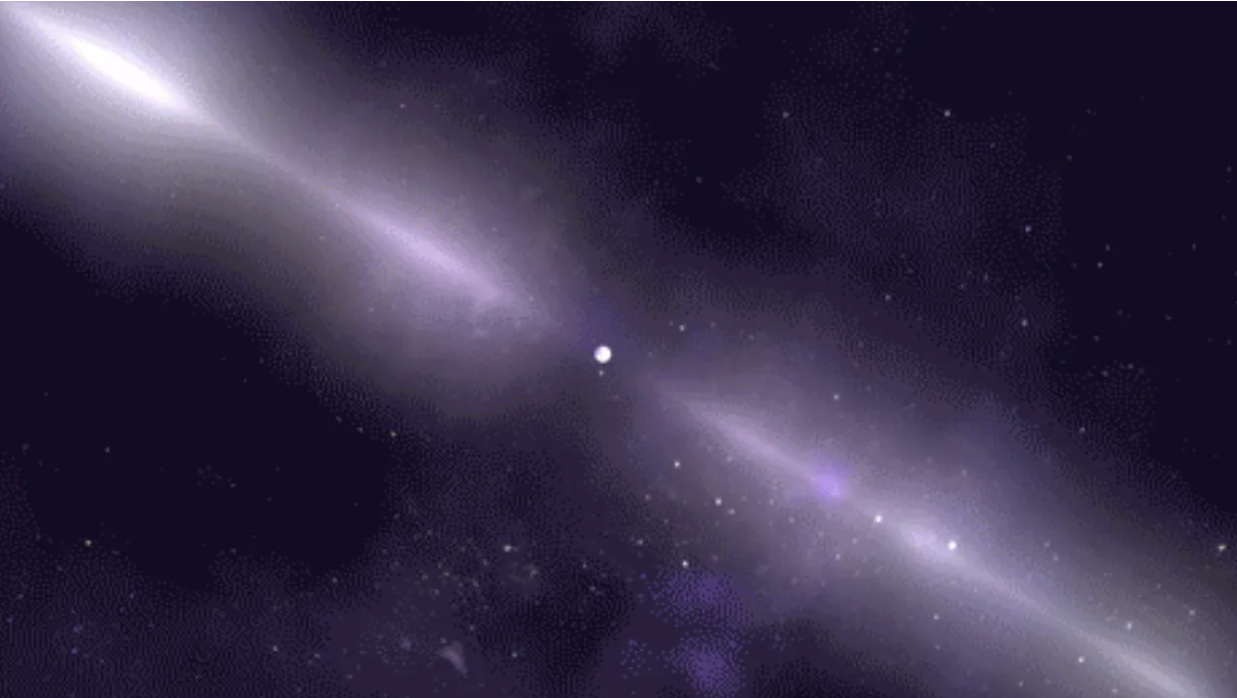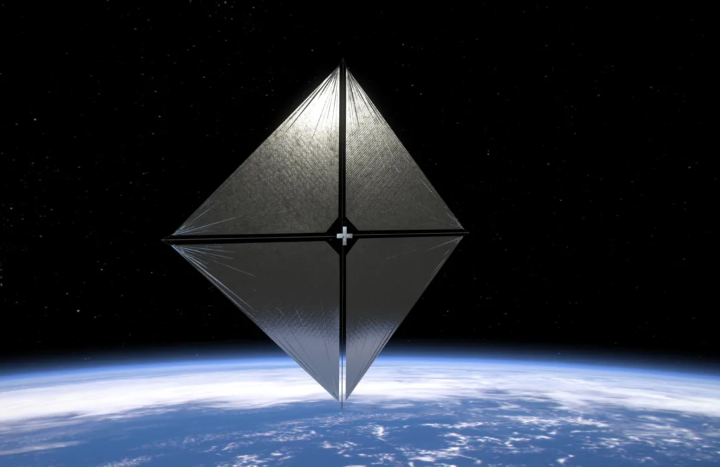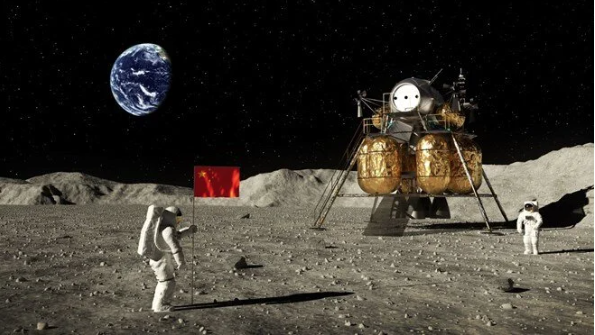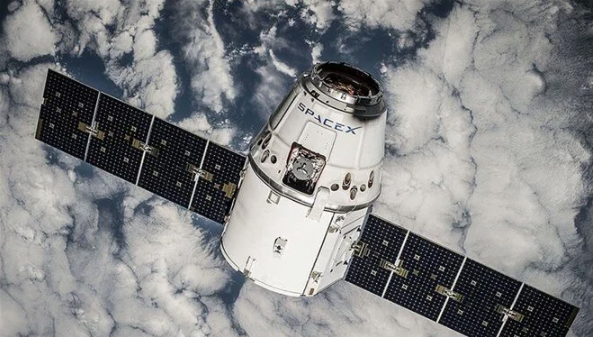Even Superman would struggle to lift a piece of a neutron star. Just a sugar cube-sized piece of this extremely dense material, the remnants of a collapsing star, weighs 1 billion tons. NASA states that this weight is equal to the weight of an average mountain.
Scientists using NASA’s Fermi Gamma Ray Space Telescope have announced the discovery of nearly 300 unique neutron stars called “pulsars“. These are rapidly rotating neutron stars that emit powerful beams of light from their poles.
These majestic neutron stars are like city-sized lighthouses. You can detect them when their beams hit the Earth. And some pulsars spin hundreds of times faster than a mixer per second.
GPS will be needed in space too!
Finding and mapping pulsars is a matter of great scientific interest. These objects provide critical information about the evolution of stars and the history of galaxies, and could one day serve a GPS-like function for space travel.
The NASA video below shows several pulsars in the Milky Way identified by the Fermi Gamma Ray Space Telescope. These pulsars are unique, and only 10 percent of pulsars are thought to eject gamma rays, the most powerful form of energy, into space. (Each symbol you see in the video indicates the location of a pulsar.)

“This new catalog compiles all the information on all known gamma-ray pulsars in order to encourage new avenues of discovery,” David Smith, research director at the Bordeaux Astrophysics Laboratory, who worked on the recently published catalog, said in a statement.
Since spacecraft in the future do not have tools like GPS or Google Maps to navigate in space, they can rely on these rapidly rotating objects and the “jets” coming out of the poles of these objects!
“You can time the pulsations of pulsars scattered in many directions around a spacecraft to understand where it is and guide it anywhere,” Zaven Arzoumanian, a NASA scientist who studies pulsars, said in a statement. “This is exactly how the GPS system on Earth works, thanks to the precision clocks on orbiting satellites,” he explained.
-On Mashable-





